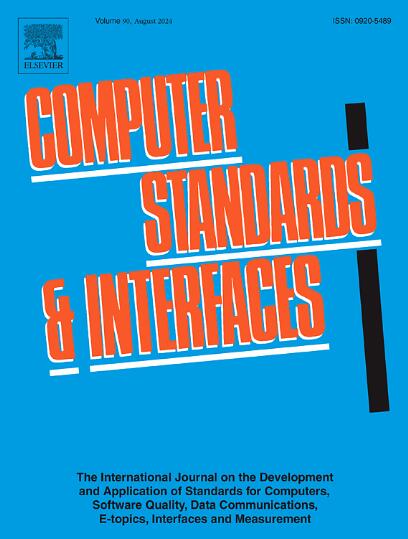一种规范机器学习网络安全特征交流的上下文框架
IF 3.1
2区 计算机科学
Q1 COMPUTER SCIENCE, HARDWARE & ARCHITECTURE
引用次数: 0
摘要
机器学习(ML)在不同应用领域的广泛集成已经对业务和人员产生了重大影响。值得注意的是,机器学习在网络安全方面的应用越来越突出,反映了一种明显的采用趋势。然而,围绕ML采用的决策容易受到外部影响,可能导致对ML功能的误解。将机器学习整合到网络安全应用程序中所使用的通信缺乏标准化,并且受到个人经验、组织声誉和营销策略等各种因素的影响。此外,应用度量来评估模型性能的特点是依赖、混乱和主观性,引入了概率、不确定性和误解的可能性。不同的量度允许能力如何沟通的可变性,通常依赖于限制性用例,导致它们的解释缺乏确定性。先前的研究强调了标准化方法的必要性。在我们早期工作的基础上,本文旨在验证受益人对机器学习网络安全(MLCS)能力的感知,然后通过焦点小组咨询领域专家,阐明理解MLCS能力的原型标准,为在实际实施中全面理解和有效沟通MLCS能力提供关键路线图和初始框架。本文章由计算机程序翻译,如有差异,请以英文原文为准。
A contextual framework to standardise the communication of machine learning cyber security characteristics
The widespread integration of machine learning (ML) across diverse application domains has substantially impacted business and personnel. Notably, ML applications in cybersecurity have gained increased prominence, reflecting a discernible trend towards adoption. However, the decisions surrounding ML adoption are susceptible to external influences, potentially resulting in misinterpreting ML capabilities. The communication used when for incorporating ML into cybersecurity applications lacks standardisation and is influenced by various factors such as personal experience, organisational reputation, and marketing strategies. Furthermore, the application of metrics to assess model performance is characterised by dependence, disarray, and subjectivity, introducing probabilities, uncertainties, and the potential for misinterpretation. The different metrics allow for variability in how capability is communicated, often dependent on the restrictive use case, leading to a lack of certainty in their interpretation. Previous research has highlighted the need for a standardised approach. Building upon our earlier work, this paper aims to authenticate beneficiaries' perception of Machine Learning Cybersecurity (MLCS) capabilities, before consulting with domain experts through a focus group to elucidate a prototype standard for comprehending MLCS capabilities, offering a pivotal roadmap and an initial framework for a comprehensive understanding and effective communication of MLCS capabilities in practical implementations.
求助全文
通过发布文献求助,成功后即可免费获取论文全文。
去求助
来源期刊

Computer Standards & Interfaces
工程技术-计算机:软件工程
CiteScore
11.90
自引率
16.00%
发文量
67
审稿时长
6 months
期刊介绍:
The quality of software, well-defined interfaces (hardware and software), the process of digitalisation, and accepted standards in these fields are essential for building and exploiting complex computing, communication, multimedia and measuring systems. Standards can simplify the design and construction of individual hardware and software components and help to ensure satisfactory interworking.
Computer Standards & Interfaces is an international journal dealing specifically with these topics.
The journal
• Provides information about activities and progress on the definition of computer standards, software quality, interfaces and methods, at national, European and international levels
• Publishes critical comments on standards and standards activities
• Disseminates user''s experiences and case studies in the application and exploitation of established or emerging standards, interfaces and methods
• Offers a forum for discussion on actual projects, standards, interfaces and methods by recognised experts
• Stimulates relevant research by providing a specialised refereed medium.
 求助内容:
求助内容: 应助结果提醒方式:
应助结果提醒方式:


